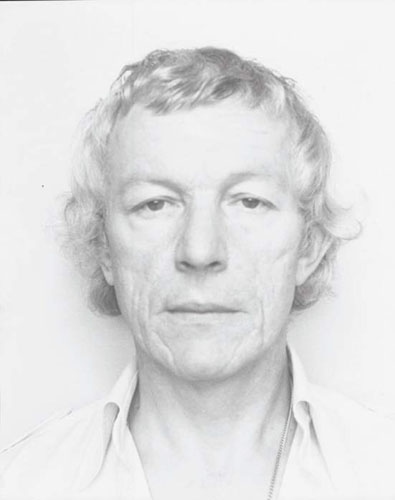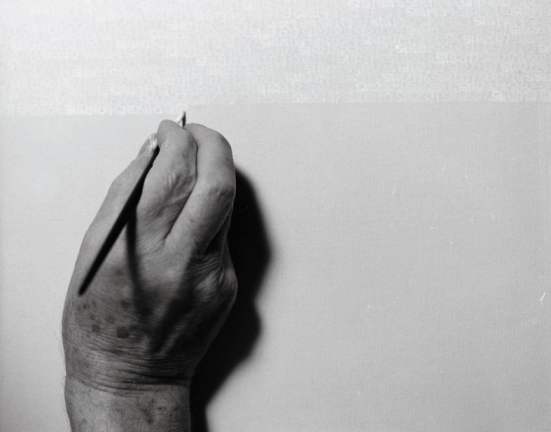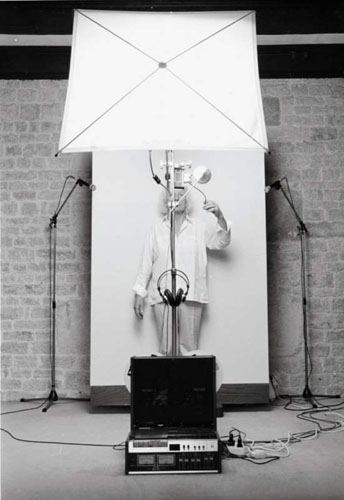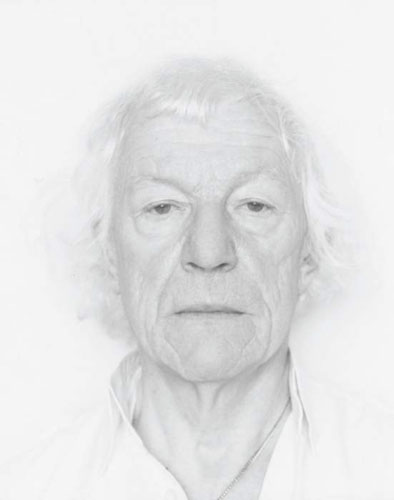Kasa Galeri, located at Sabanci University's communication center at Karaköy, hosted the exhibition of Roman Opalka, one of the leading conceptual artists in the world. Within the exhibition, between September 19-October 12, 2001, there were three paintings, 10 photographs and his voice installation. In 1965, Opalka began the Counted Paintings, a lifelong task of paintings numbered in sequence beginning with number one and extending in theory to infinity. Each work in the series entitled Detail, has the same dimensions, 196x135 cm, and a gray background with numbers painted in white, in even rows, from edge to edge; the intensity of white lessens gradually as the quantity of acrylic paint on the brush diminishes. The first Detail shows numbers from 1 to 35328; the second one begins with 35329. Each new canvas is of a lighter shade than the previous one, so that eventually, he will write on white canvases and the numbers will be invisible. In 1972, he started to record his voice on tape, counting and to photograph himself while painting. His artistic practice is closely connected with his life, blending into an organic whole. When he finishes work, he takes photographs, immortalizing the changes on his face and his work. His paintings have a precisely defined beginning and end and are details of a linear movement from one to infinity.
About the cause of creating his works in a self-repeating process since 1965, Roman Opalka says:
"The viewers wonder why I create alike works following the same path. This kind of work calls for great dedication. It is almost impossible for me to leave it aside and take up something new. To depict a lifetime an artist should draw for all his life. Drawing his self-portraits, Rembrandt saw the sorrow in his eyes deepen with the time passing. He was much mature than his youth portraits at that time.
We live in an age through which time flows at a great pace. We can compare our time with that of a meteorite or a comet which passes by once in every three thousand years and which has allotted span of life of its own. My works are like more of a comet than of a meteorite. That is how Leonardo also worked. You are never done with a painting. Because there is no logical ethical or aesthetical cause why a work is done. In my works I take life as a living organism and I use it as a means of creating a work of art. The only thing for an artist is having a deal with death."




